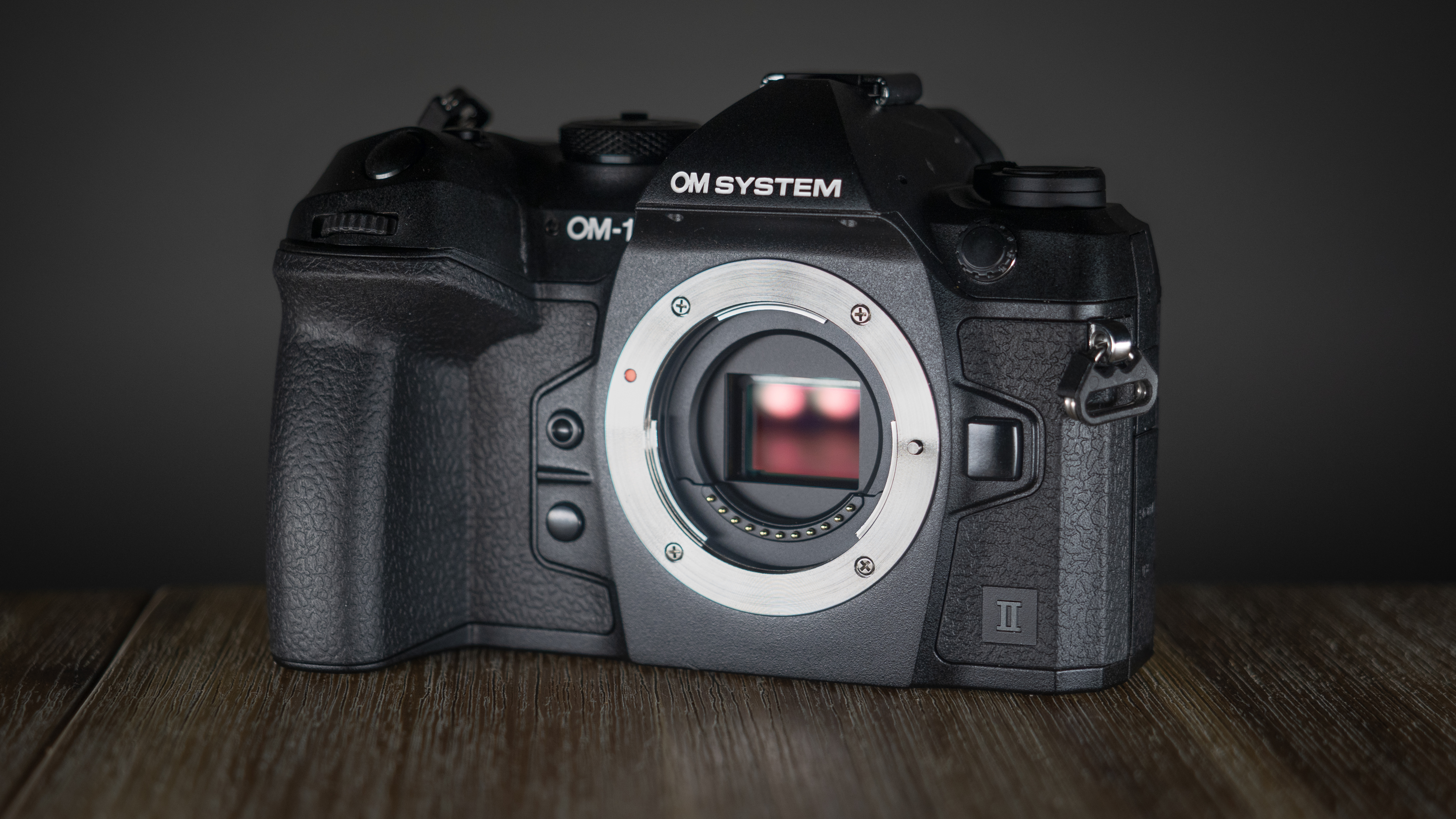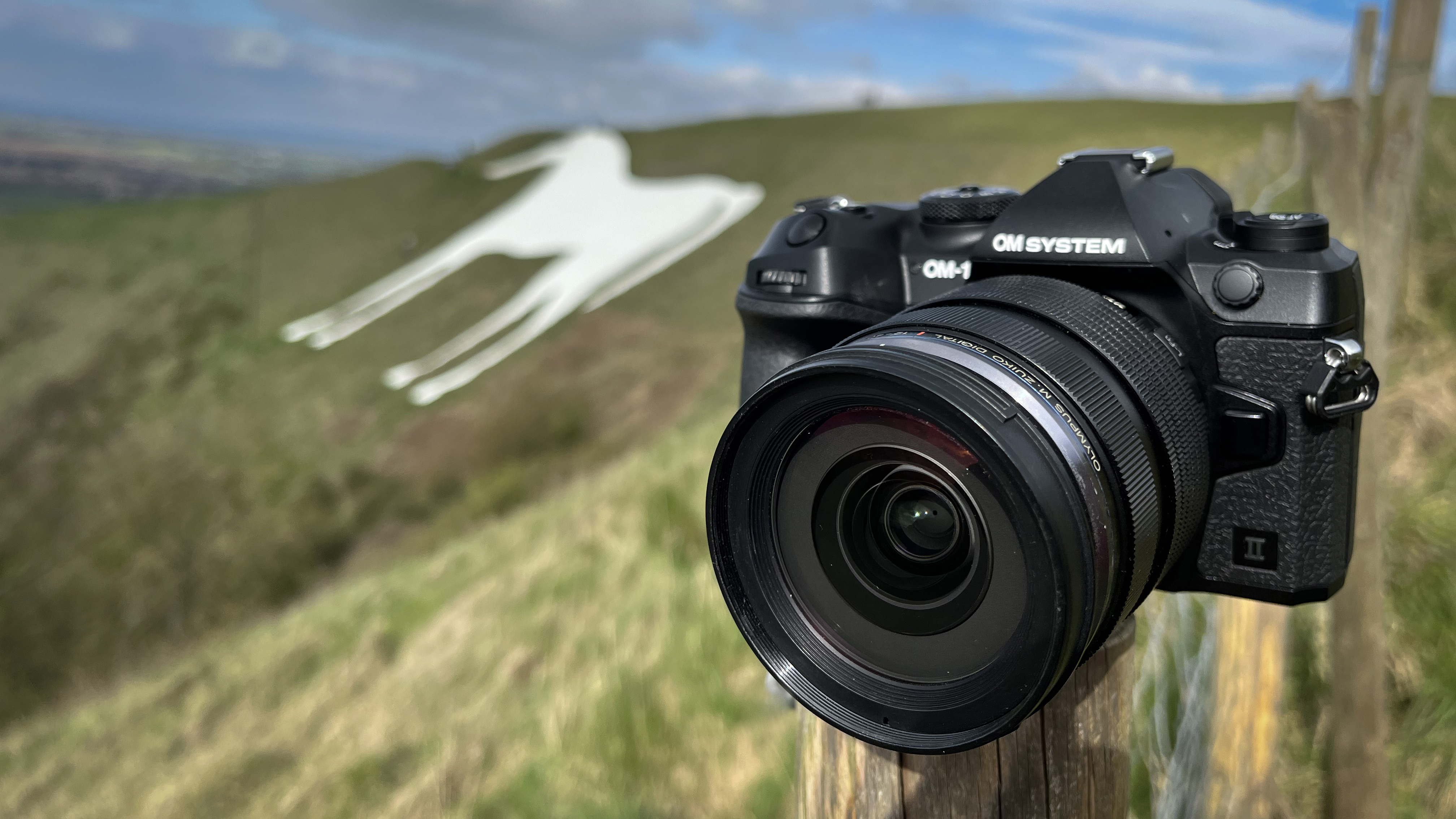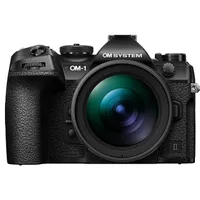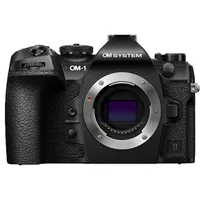If I had to start my camera setup from scratch tomorrow, this is the body and lens I'd buy
I've used and reviewed hundreds of cameras… but if I had to start all over again tomorrow, this is the one I would actually buy

I own far too many cameras. On my shelf right now are 38 of them, from 100MP medium format cameras to lo-fi instant cameras – and I do actually use them all, albeit not on a daily basis.
However, if (god forbid) there were a disaster and all those cameras disappeared, which one would I actually buy again? Which system would I rebuild around, to cover both my personal and professional work?
It's a tough question. It's hard to argue against my Canon EOS R5, for example, because it's arguably the best all-round full-frame camera on the market and it does absolutely everything you could ask in terms of image making… but there are drawbacks.
It's a chunky camera – as are the kinds of lenses that get the best out of it, like the Canon RF 85mm f/1.2L. I never take it out for street photography, for example. So as much as I love it, and as capable as it is, it's not the one I'd go for.
One camera, every task
I'm absolutely certain this will court controversy, but if I had to start all over again tomorrow I would buy the OM System OM-1 Mark II.
I can already hear the snipes and jeers. People saying I don't know what I'm talking about, because I'd choose a Micro Four Thirds camera over a full frame camera. That I'm an idiot, because this camera can't be used for professional work.
But honestly, that only tells me that they don't know what they're talking about – because I would argue that this is the best all-round camera for everyday use, and the best professional camera for general practice photographers.
To give that some context, I've used this camera line – the OM-1 series and the Olympus E-M1 series that preceded it – to shoot professional client work for the last decade. I've shot everything from fashion for clients in Finland to motorsports for pro racing teams.
Never once, in all those years, was this camera not suitable for the task. In fact, for what it's worth, it's the EOS R5 that wouldn't have been suitable for some tasks (such as a guerilla street shoot for a fashion campaign without any location permits, which was only possible with discreet kit).
Some will scoff at the OM-1 Mark II's resolution, which sits at a native 20.4MP, and it's true – I've encountered clients who want certain assets in sky-high resolution. But for those rare occasions (such as product shots for catalogs) I can use the pixel shift High-Res Shot, which churns out 80MP RAW files in 14-bit.
Everything else I throw at this camera, it handles it: 50fps burst shooting for fast action (and up to 120fps, with locked focus). IP53 weather-sealing for working in all conditions. A staggering 8.5 stops of in-body image stabilization.
And the magic trick of every Micro Four Thirds camera, the 2x crop factor that doubles the effective focal length of your lenses. Lenses that can be made by any brand, because this is an open format – so every lens you can possibly think of already exists for the system.
Kiss my glass
Speaking of, if I had to buy a single lens to go with the single camera in my new collection, I would pair it with the OM System M.Zuiko 12-40-mm f/2.8 Pro II – which, to my previous point, is an equivalent 24-80mm lens in full-frame terms.
I'm someone who generally dislikes zoom lenses, because I learned exclusively on primes. But since owning the 12-40mm Pro, it has probably spent more time on my cameras than off them.
A big part of that is obviously because it's a standard trinity lens, and every working professional should own one, but it's also my favorite standard trinity lens that I've used.
I love that its IP53 sealing matches the OM-1 Mark II. I love the manual focus clutch that enables you to snap into manual for fine focusing. And I love that, like all Micro Four Thirds lenses, it is considerably smaller and lighter than its full-frame equivalent – a welcome byproduct of the smaller sensor and image circle.
Armed with this camera and this lens, I can photograph pretty much anything I want to – from paid wedding and event gigs to run-and-gun street photography.
So, while I adore shooting with the other cameras on my shelf – from the sumptuous experience of the Hasselblad X2D to the analog satisfaction of the Canon AE-1 – if I had to start from scratch tomorrow, I'd go all in on OM System with the OM-1 Mark II and 12-40mm Pro. And I'm not mad about it – though I'm sure plenty of haters will be!
SAVE $400 at B&H OM System's flagship camera and Pro lens are the perfect tag team, giving you an all-weather body and standard trinity zoom that can cover pretty much all the bases for both photography and video – and in a smaller, lighter package than full frame or even APS-C counterparts.
SAVE $400 at B&H Compact but incredibly capable, especially in terms of computational photography, with features like 80MP RAW shooting, 120fps bursts, software-powered ND and grad filters, 10-bit 4K 30p Log shooting, IP53 weather sealing, up to 8.5 stops of image stabilization and more.
You might also like…
Take a look at the best lenses for the OM system OM-1 Mark II, which comprise some of the best OM System / Olympus lenses and the best Micro Four Thirds lenses from all manufacturers.
The best camera deals, reviews, product advice, and unmissable photography news, direct to your inbox!

James has 25 years experience as a journalist, serving as the head of Digital Camera World for 7 of them. He started working in the photography industry in 2014, product testing and shooting ad campaigns for Olympus, as well as clients like Aston Martin Racing, Elinchrom and L'Oréal. An Olympus / OM System, Canon and Hasselblad shooter, he has a wealth of knowledge on cameras of all makes – and he loves instant cameras, too.
You must confirm your public display name before commenting
Please logout and then login again, you will then be prompted to enter your display name.




